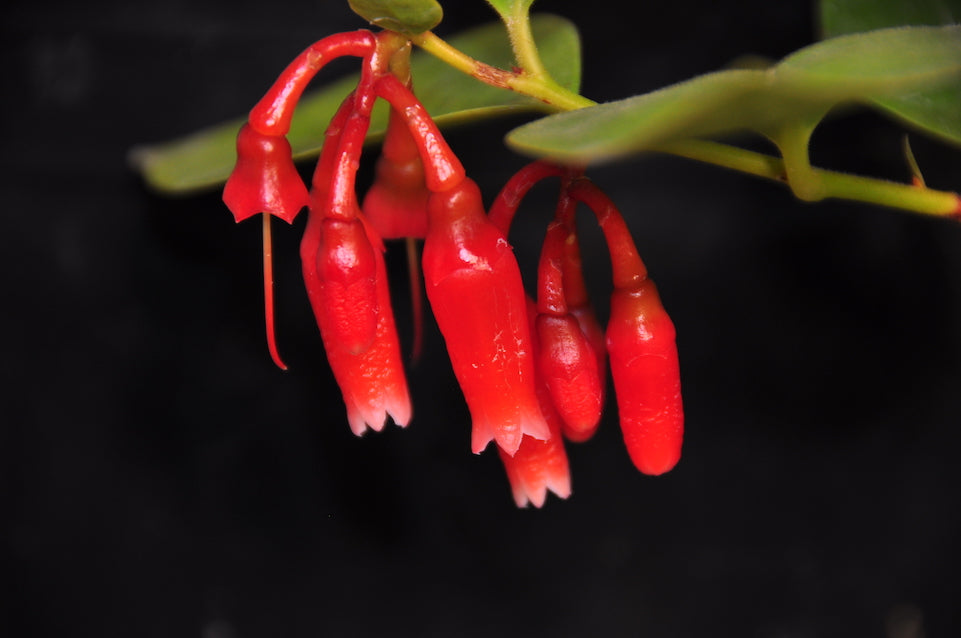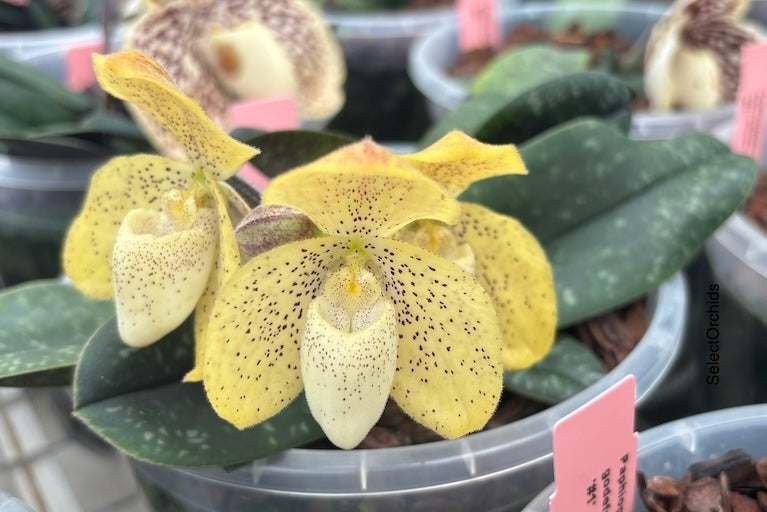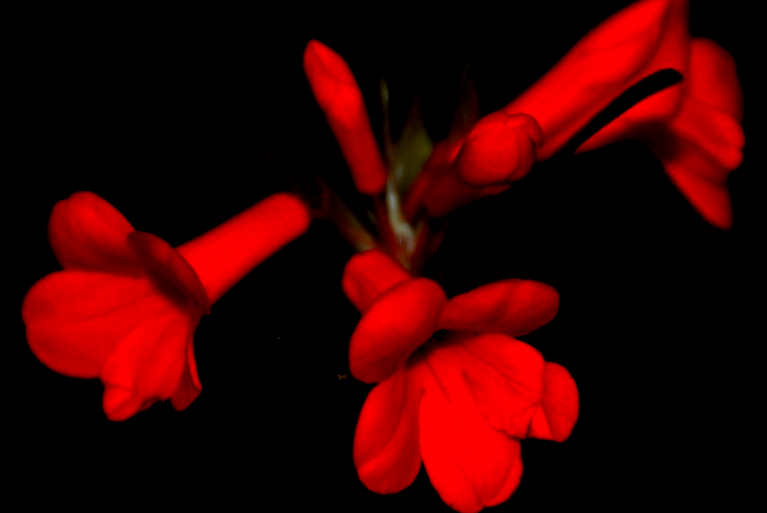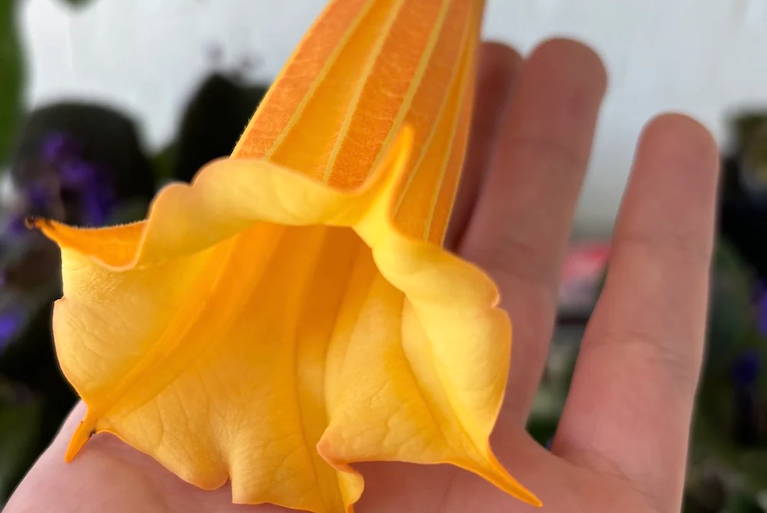Neotropical Blueberries: Cavendishia, Ceratostema, Macleania, and more!

Pictured above is a stunning Macleania rupestris inflorescence. Macleania is one of the primary genera found in cultivation of the Neotropical Blueberries from Central and South America. As can be seen in this photo, the flowers truly are breathtaking with striking coloration and an almost artificial plastic appearance. What is truly remarkable however is the diversity in this group of flowering shrubs and many species are even more impressive such as Cavendishia gigantea and Ceratostema zamorana. Unfortunately, this group of plants just like their distant relatives, the Vireya Rhododendrons, are little known in cultivation - mainly stemming from their great rarity in cultivation and difficulty in obtaining. It is my hope that more growers like yourself start to learn and grow these incredible plants and make them more safeguarded in cultivation.

Macleania smithiana unopened flowers
Most of these tropical Ericaceae are considered to be cool growing. A lot of the species are epiphytic in nature with some terrestrials, but in cultivation a normal light substrate works well. In our case, rockwool. However, it is not recommendable to grow them in orchid bark since that media is really too course textured for the fine root system of these plants, and in fact can easily delay rooting.

Ceratostema aff. Zamorana flowers. This species has narrower leaves than true C. zamorana.

Ceratostema amplexicaule

Anthopterus wardii produces stunning red new leaves. This genus is poorly represented in cultivation, with only 2 species being grown from what I am aware.

Cavendishia melastomoides is a very vigorous plant once it reaches a certain size. This species produces flowers similar to grandifolia (which despite the size is still completely epic) but is much smaller overall. Overall, it seems that the Cavendishia do not flower as readily as Macleania and Ceratostema.
While often considered to be slow growing, they actually can grow at a remarkable speed when given the correct nutrients. In cultivation, the plants are necessarily limited by the nutrient availability in the given substrate and usually further limited by insufficient pot size. I have noticed that too small a pot dramatically decreases growth in fact. Considering all this, it is necessary to fertilize, at least occasionally. A high nitrogen Urea (for foliar) or ammonium based fertilizer (literally just buy a pure Ammonium salt if in peat) will work well at .5 g per L or around 500 ppm. Like regular blueberries they tend to go Iron deficient and to a lesser extent, Mn, causing a sickly veining in the new leaves. This is easily resolved by using chelated iron at higher doses. Similarly, a lower leaf chlorosis is usually from a Magnesium deficiency and will be fixed by using Epsom salts (Magnesium sulfate). There is absolutely no reason to have slow growing yellow blueberries!
If you have not subscribed already, please do so to get notified of availability of these genera as they sell out quickly!





